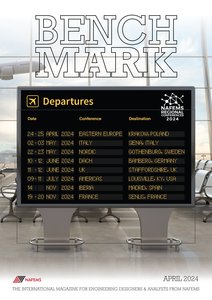
Critical to the successful design of fusion reactor components is the development of coupled simulation models capable of conducting efficient whole system robust design optimisation and virtual component qualification under conditions which cannot be readily tested. Additionally, successful lifetime monitoring and predictive maintenance of fusion components through diagnostic measurements will be limited due to restricted accessibility and operation in a harsh environment. There is therefore a need for a digital twin [1], [2], which combines data from the physical instrumentation with simulation to provide enhanced augmented diagnostics in ‘real-time’. For such simulations to be valuable to assess the design or operational risks, or to be utilised effectively as part of a digital twin, they need to be performed probabilistically to quantify the uncertainty in the predictions. Systems simulation [3], [4], [5] provides a realistic approach to achieving these requirements with a capability for probabilistic simulation in real-time. Building such models for fusion reactor systems requires modelling multi-physics interactions including fluid dynamics, thermal, structural, electro-magnetic, plasma-wall interactions, and neutronics. A quasi-1D approach can be utilised for some aspects, such as fluid dynamics within coolant pipe networks, but others require more advanced reduced order modelling methods directly derived from high-fidelity simulations and, more specifically, the coupling of these at the systems level.
This article describes techniques developed and used to couple full-field reduced order models (ROMs) within a modelling environment with a particular focus on the interactions and effects on component structural response and dealing with non-linear behaviour. Specifically, the method developed involves adaption and integration of existing model reduction techniques and a modification to the way the models are built and applied to enable some existing limitations regarding non-linear material behaviour to be removed. Results from application of these techniques to specific use cases within fusion are presented and the relative merits of this approach over alternative methods are discussed. Finally, the plans for ongoing development of these methods and the application for simulation of fusion systems towards realisation of a real-time digital twin of a Tokamak are discussed.



